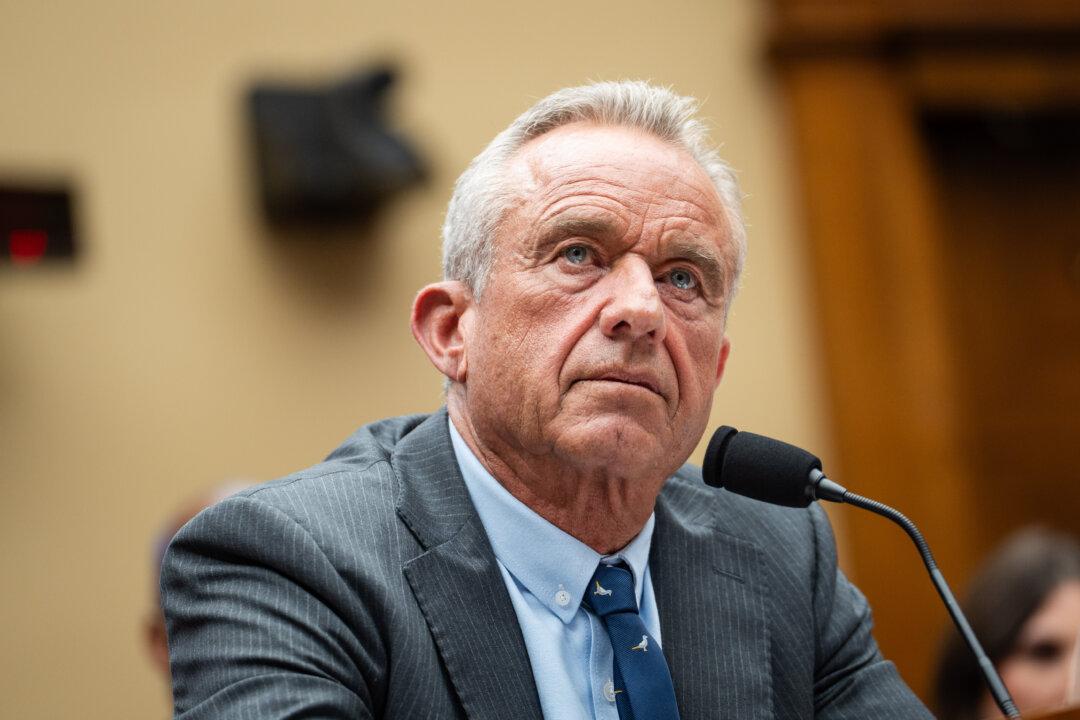The second confirmed case of the new coronavirus in New York City contracted the virus via an unknown source, health officials said.
The first patient in New York was a 39-year-old health care worker who worked in Iran, where the virus has spread rapidly, before returning to America. The second patient, in contrast, has no history of travel to countries where the virus is spreading and has been classified as a case of community spread, meaning the source of his infection is unknown.





